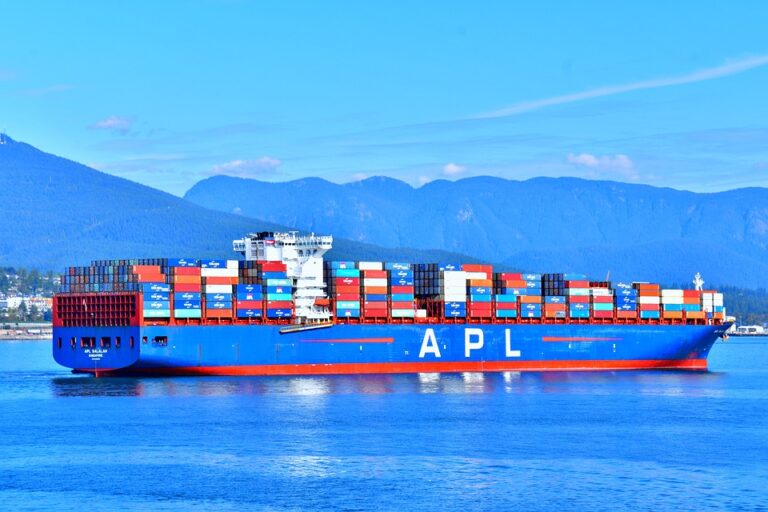Border Disputes and New Territorial Agreements

Border disputes and territorial agreements are complex matters that have shaped human history in profound ways. These disputes are not just about lines on a map; they encompass a wide range of issues, including resources, cultural heritage, and national identity.
By examining historical precedents and contemporary developments, we can gain a better understanding of how nations navigate these challenging waters.
The Historical Context of Border Disputes
Throughout history, border disputes have been a recurring theme. From ancient times to modern-day, nations have engaged in conflicts over territory. The causes of these disputes are varied and complex, often involving a combination of geographical, political, and cultural factors.
One of the earliest known border disputes dates back to ancient Mesopotamia, where city-states frequently clashed over fertile land. In medieval Europe, the shifting power dynamics between kingdoms resulted in numerous territorial conflicts.
The Treaty of Westphalia in 1648 is often cited as a pivotal moment in the establishment of modern nation-states and borders, yet it did not eliminate disputes entirely.
In the 19th and 20th centuries, the age of colonialism and the aftermath of world wars led to the drawing and redrawing of borders across the globe. The dissolution of empires and the rise of new nations created a patchwork of borders that often did not align with the cultural and ethnic realities on the ground, sowing the seeds for future disputes.
Contemporary Border Disputes
Today, border disputes continue to be a source of tension and conflict. In some cases, historical grievances and colonial legacies remain unresolved, while in others, new challenges have emerged.
The South China Sea
The South China Sea is one of the most contentious areas in contemporary geopolitics. Several countries, including China, Vietnam, the Philippines, and Malaysia, have overlapping claims to parts of this resource-rich region. The dispute centers on issues of sovereignty, economic interests, and strategic control.
India and Pakistan
The ongoing conflict between India and Pakistan over the Kashmir region is another example of a long-standing border dispute. This territorial disagreement has led to multiple wars and continues to be a flashpoint in South Asian politics.
Israel and Palestine
The Israeli-Palestinian conflict is a deeply rooted territorial dispute with significant historical, religious, and political dimensions. Efforts to establish a lasting peace have been met with numerous challenges, and the question of borders remains a major obstacle.
New Territorial Agreements: A Path to Resolution?
Amidst ongoing disputes, there have been efforts to resolve conflicts through new territorial agreements. These agreements often involve negotiations, mediation, and, at times, international arbitration. Let’s explore some recent examples.
The Ethiopia-Eritrea Peace Agreement
In 2018, Ethiopia and Eritrea signed a landmark peace agreement, ending two decades of hostilities. The agreement included the demarcation of borders and the reopening of diplomatic relations. This agreement is a testament to the power of diplomacy and negotiation in resolving long-standing disputes.
The Maritime Boundary Agreement between Australia and Timor-Leste
In 2018, Australia and Timor-Leste reached an agreement on their maritime boundaries, settling a dispute that had lasted for decades. This agreement was facilitated by the Permanent Court of Arbitration and serves as a model for resolving complex disputes through peaceful means.
The Role of International Organizations
International organizations play a crucial role in mediating and resolving border disputes. The United Nations, particularly through its International Court of Justice (ICJ), has been instrumental in settling disputes between countries. The ICJ’s rulings, while not always enforceable, carry significant weight and moral authority.
Regional organizations, such as the African Union and the European Union, also contribute to resolving disputes within their respective regions. These organizations provide forums for dialogue, facilitate negotiations, and offer technical and legal expertise.
Challenges and Opportunities
While new territorial agreements offer hope for resolving border disputes, they are not without challenges. Negotiations can be lengthy and complex, requiring compromise and goodwill from all parties involved. Furthermore, the implementation of agreements can be hindered by domestic politics, public opinion, and logistical challenges.
However, successful agreements provide opportunities for peace, stability, and economic development. They can pave the way for increased cooperation, trade, and cultural exchange between countries. Moreover, they set precedents for resolving future disputes through peaceful means.
Conclusion
Border disputes and new territorial agreements are complex and multifaceted issues that require careful consideration and diplomacy. While historical grievances and contemporary challenges persist, there is hope for resolution through negotiation and international cooperation.
By learning from past successes and failures, nations can work towards a future where borders are not a source of conflict but a foundation for peace and collaboration.
As we continue to navigate the complexities of a globalized world, it is essential to foster a spirit of dialogue and understanding. Only then can we hope to achieve lasting solutions to the border disputes that have shaped our world for centuries.






